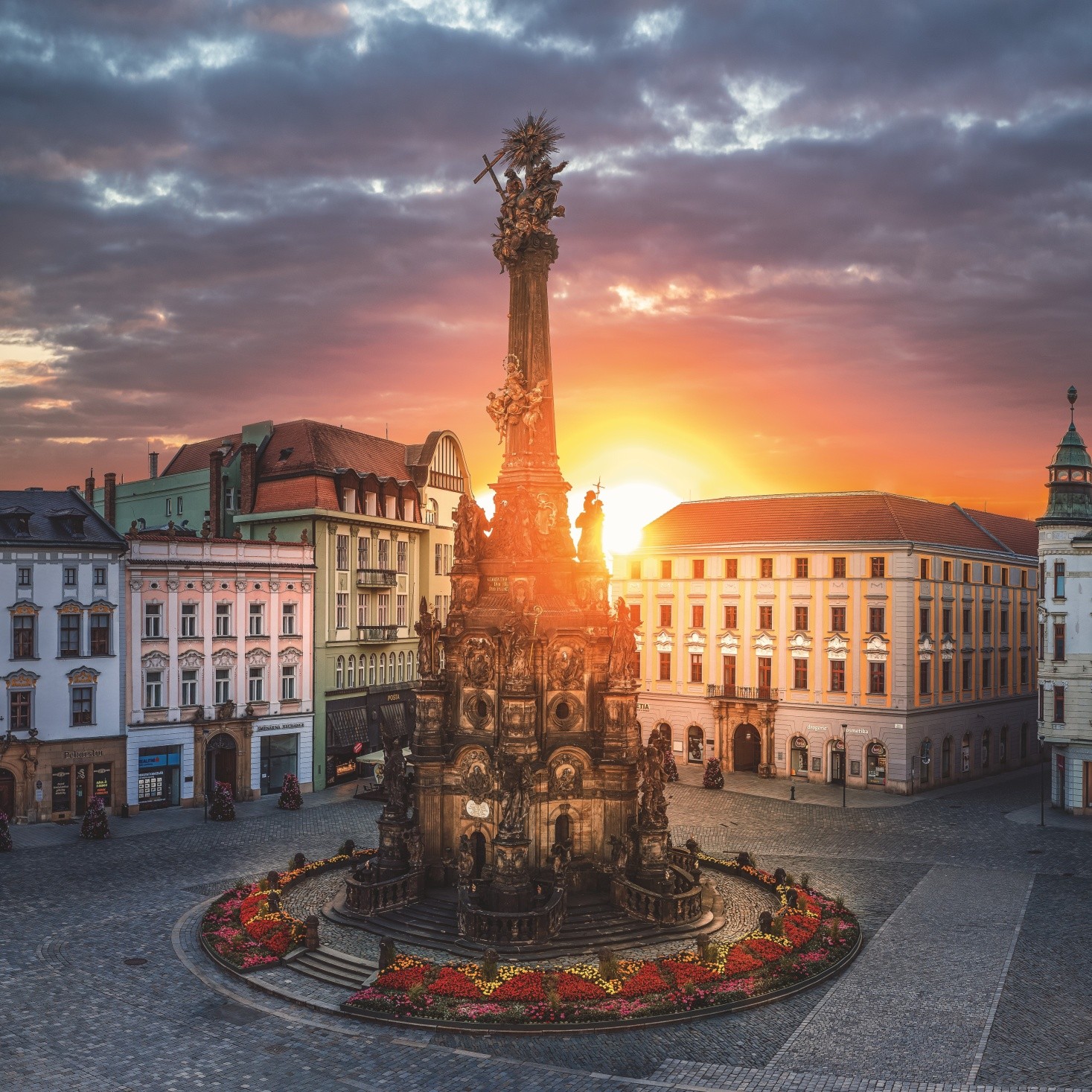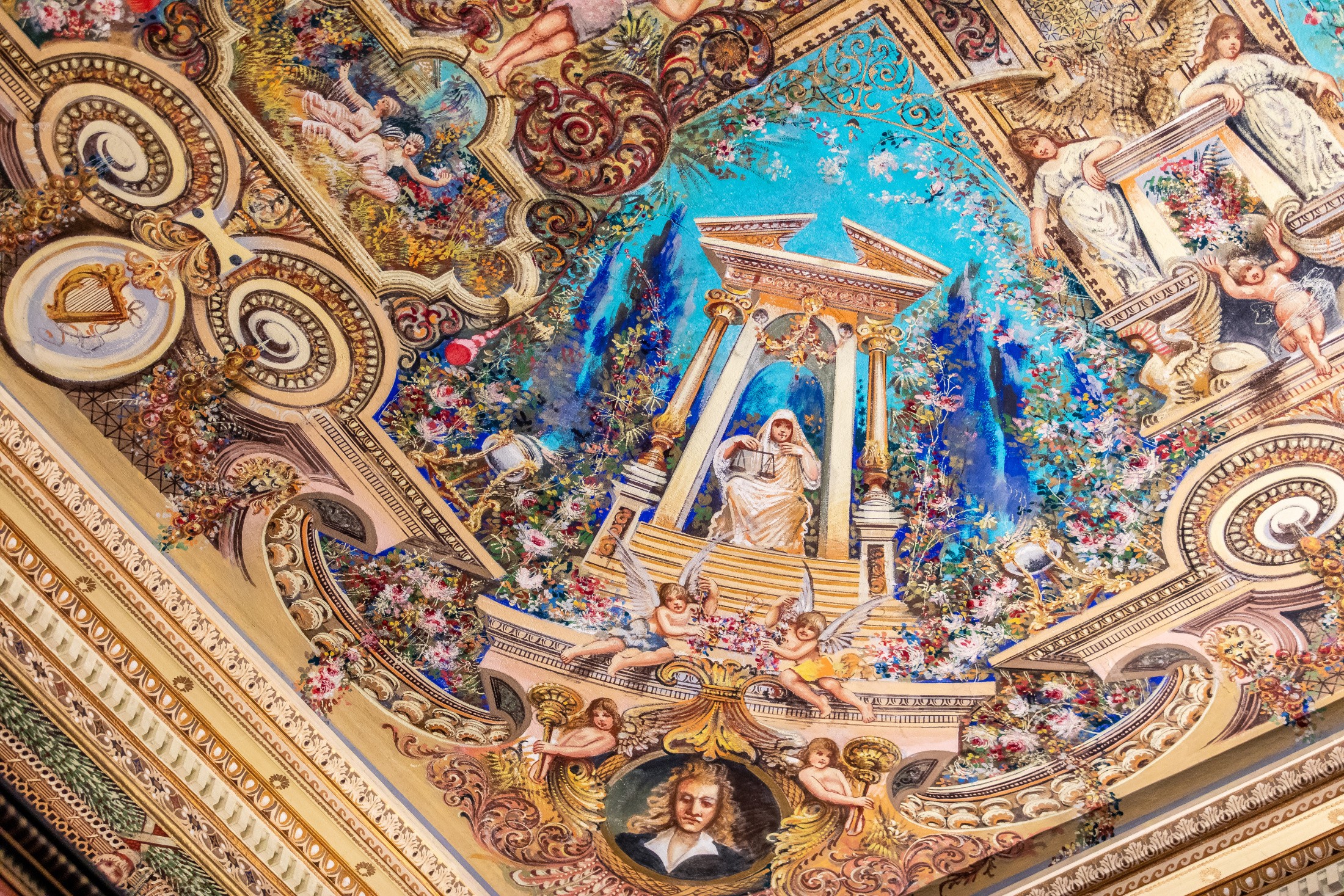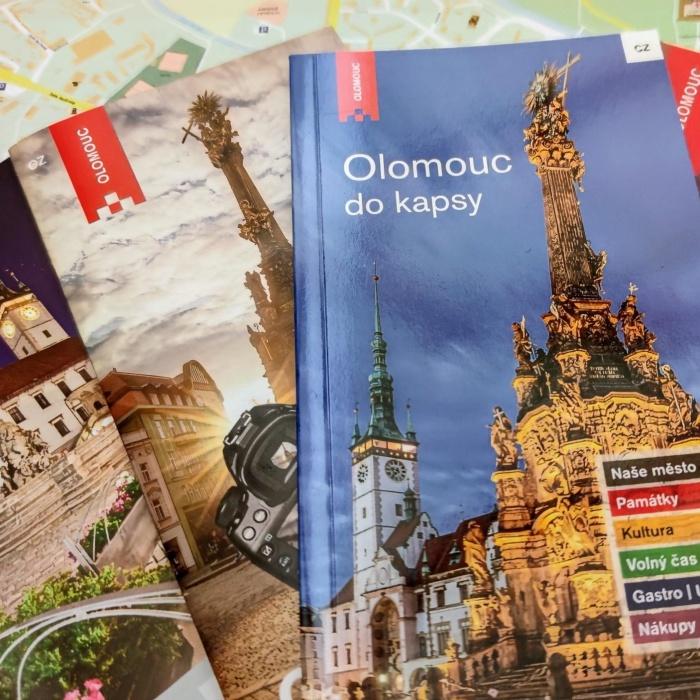Basic information
The Olomouc Exhibition Centre includes greenhouse plant collections, ones of the largest in the country. Tens of exotic plant species are sprouting, blooming and bearing fruit here every season. Therefore, they are open to visitors most of the year with the exception of the winter months.
Palm House
The oldest and largest is the Palm House, a showpiece of the Olomouc Exhibition Centre, built in the Smetana Park in 1927-1930. On an area of 1500 m2 intended for planting exotic and tropical flora, visitors can admire up to 70 pieces of different kinds of palm trees, many of which are now well over a hundred years old. The most massive are the Canary date palms; a unique group in the middle of the greenhouse consists of elegant, slim East Asian Trachycarpus excelsa palms. There are to be seen other interesting species in the greenhouse – Livinstonia australis, with trunk covered by fringy remnants of leaf petioles, and areca betel palm with green glabrous stem and a thin plume of pinnate leaves. Low, thorny, shrubby chamaerops palms (Chamaerops humilis and Chamaerops excelsa), originally from the Mediterranean, grow here in dense clusters.
Other interesting exhibits include the palm-like but evolutionarily more ancient gymnosperms dioecious species of the Cycadaceae family. Hibiscus plants enliven the greenhouse with the beauty of their flowers and the supporting pillars on the greenhouse’s sunny side are decorated with bunches of pink and purple bracts of Bougainvillea lianas, known for example from the Greek islands. In the Palm House, there are also ficus trees, citrus trees – lemon and orange trees, and Araucaria trees.
Monstera deliciosa and the several meters long thorny liana Asparagus falcatus are the most striking among the herbs. The yellow flowering Hedychium gardnerianum produces a heady scent and the shady palms undergrowth hides numerous ferns.
This exotic flora is complemented by exotic fauna – birds, fish, amphibians and spiders who add up to the remarkable atmosphere of the greenhouse.
Cactus House
The Cactus House which builds on the Palm House was set up together with the tropical flora greenhouse in the 60s. Its collection now includes an impressive range of 3,000 pieces of cacti and succulents in more than 700 species, varieties and forms. It includes cacti of America, aloe and euphorbias of Africa and coloured varieties of cacti from Japan.
Perhaps the most important is the collection of the Astrophytum genus. The largest of these neat, greyish cacti with huge fins, with or without thorns, are more than seventy years old. Visitors are often amazed at full-grown, mainly columnar cacti of various shapes, thorn colours and sizes of flowers and fruits. The decorative Echinocactus grusonii species covered by groups of waxy yellow thorns resemble tabouret stools.
The largest species in the collection is the Brasiliopuntia bahiensis with a thorny trunk.
Other attractions of the Cactus House include the Selenicereus grandiflorus, commonly referred to as “Queen of the Night”, creeping right above the greenhouse’s entrance. It blooms only one night a year and its flowers are among the largest and most beautiful. Succulent plants are further represented by less grown agave species.
Tropical House
This glasshouse is full of colours, different shapes and sizes of plants and an abundance of flowers. In five interconnected pools, there are blooming tropical water lilies, of which visitors favour especially the greatest of them, Victoria regia, characterized by large floating leaves.
The most abundant group in the greenhouse is that of decorative bromeliads with coloured inflorescences which decorate the plants for many months. The collection includes also the original form as well as brightly coloured varieties of the Ananas comosus species which bears the well known tropical fruit – the pineapple.
Visitors can admire the elegant Dracaena and the bananas-related South American herb Heliconia psittacorum. In spring, the Tropical House gets decorated by pendulous pink flowers of the Philippine shrub Medinilla magnifica. Among herbs, the most noticeable in the greenhouse are the big-leaved species of the Araceae family – Alocasia macrorrhiza and the dark purple Xanthosoma violaceum.
Subtropical House
Originally conceived as an “Israel’s Garden”, today this glasshouse is sometimes called the “Citrus House” due to its characteristic species. Visitors can please themselves with plants from the Mediterranean and Asia Minor. Today commonly known tangerines, lemons and oranges alternate with less known citrons whose large, up to two kilograms heavy, fruits are used in perfumery. Kiwifruit (Actinidia chinensis) also attract the attention of visitors by its large tomentose leaves. This luxuriant creeper can be planted in our country too, but rather as a decorative plant. Mediterranean flora is further represented by common fig with very tasty, sweet fruits, Olea europea – olive tree with glaucous leaves, Laurus nobilis, known as laurel or bay leaf – a very hardy plant suitable for containers and winter gardens, gorgeously scented and insect repellent rosemary or a large myrtle shrub, popular in wedding bouquets.
Diospyros lotus or date-plum boasts tomato-like fruit of bright orange colour, known as “kaki” in our country. Behind the pool there is to be seen tamarillo – Cyphomandra betaceae, a shrub with large leaves and elongated red-orange berries. The way back to the exit of the greenhouse is lined with “strawberry trees”- Psidium cattleyanum with black-purple fruit of excellent strawberry flavour and fragrance, as well as with camellias, ferns, dwarf bamboos and excellent lemon tree Citrus meyeri.
Collection Greenhouses Olomouc – opening hours:
January – closed
March 9:00 – 17:00 (Tue – Sun)
April – October 9:00 – 18:00 (Tue – Sun)
February, November – December 9:00 – 16:00 (Sat – Sun)
Open until 14. 12.
Collection Greenhouses Olomouc – admission:
Full-time: 90 CZK
Children 6 – 15 years: 50 CZK
Students, seniors over 65 years, disabled, disabled/disabled: 60 CZK
Children under 6 years accompanied by an adult, disabled/disabled accompanying person, pedagogical supervision (max. 2 pers. for 10 children): FREE
Family ticket (2 adults + max. 3 children under 15): 250 CZK
Seasonal pass: 500 CZK


















